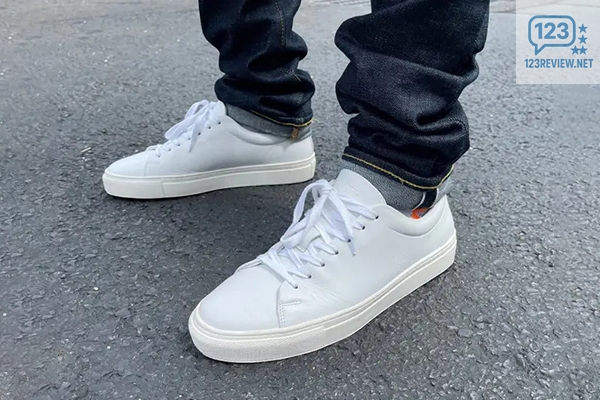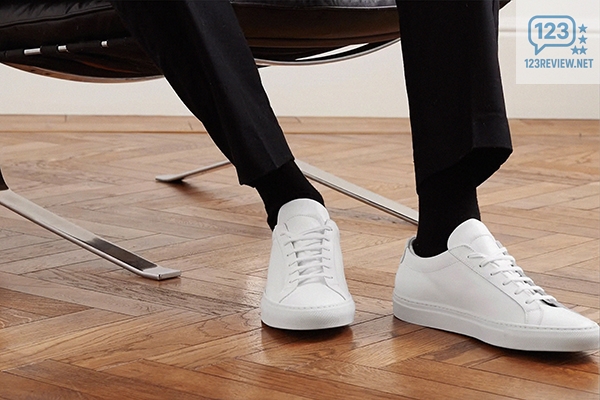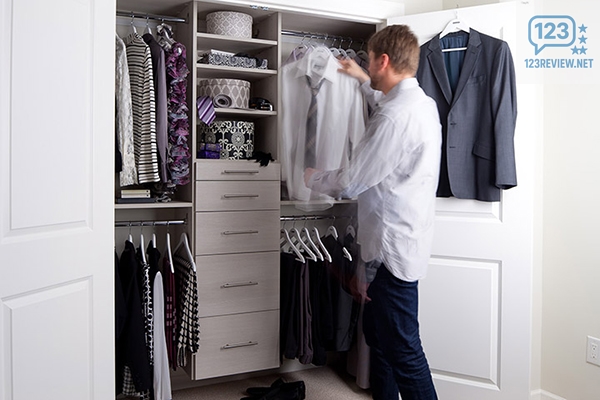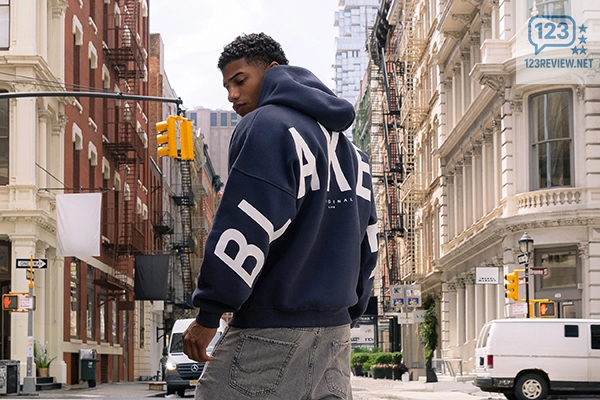Leather shoes can make or break an outfit. The right pair adds quiet confidence — that subtle polish that says you care without trying too hard. Living in New York, though, means leather doesn’t always get treated kindly: rain, subway dust, and sudden puddles are daily hazards. Over the years, I’ve learned how to keep my shoes looking good despite all that. This is my full routine — simple, repeatable, and built for real life.
First Impressions: Why I Started Caring for My Shoes
When I first moved to the city, I wore my leather shoes like sneakers. Rain or shine, I’d just wipe them on my jeans and move on. It didn’t take long for the creases to deepen and the color to fade unevenly. The worst part? The leather started cracking around the toe box — a sure sign of neglect.

That was when I realized leather isn’t just another material. It’s skin. It needs cleaning, conditioning, and care. Once I began treating it like that, my shoes started lasting years instead of months.
Step One: Cleaning Off the Day
Every few wears, I give my shoes a quick wipe with a soft, slightly damp cloth. New York sidewalks collect all kinds of grime — from road salt in winter to construction dust in summer — and the longer it sits, the more it eats into the finish.
For deeper cleans, I use a mild leather cleaner. The trick is not to overdo it. Too much product can strip natural oils. I apply just enough to remove buildup, then let the shoes air dry completely — never near a heater or direct sunlight, which can warp the leather.
Step Two: Conditioning the Leather
Conditioning is like giving your shoes a glass of water after a long day. Every month or so, I use a small amount of leather conditioner — just a dime-sized bit per shoe. I rub it in using circular motions with a soft cloth, paying attention to spots that crease often, like the instep and toe area.
This step restores flexibility and keeps the leather from drying out. I’ve found that a well-conditioned shoe even develops a better patina over time — that soft, natural shine that looks better with age.
Step Three: Polishing for Protection
Polish isn’t just about shine; it’s armor. I use a neutral or color-matched cream polish rather than wax most of the time. Cream nourishes while adding a soft glow. Wax can be useful for high-shine finishes, but over time it builds up and can make the surface brittle.
I apply polish sparingly, let it sit for a few minutes, then buff with a horsehair brush. It’s strangely satisfying — the rhythm of the brush, the transformation from dull to gleaming. Sometimes I’ll finish with a light spray of water and a final buff for that subtle mirror effect.
Step Four: Protecting from the Elements
New York weather doesn’t play fair. Between sudden showers and snow slush, waterproofing spray is essential. I use a silicone-free protectant designed specifically for leather. It adds a layer of resistance without suffocating the material.
Another underrated tool? Cedar shoe trees. They absorb moisture, maintain the shape, and even keep odors away. I slide them in every night. It’s a small ritual that makes a big difference.
Step Five: Storing Shoes Properly
When not in rotation, I store my shoes in breathable cotton bags. Never plastic — that traps moisture and can cause mold. I also rotate between pairs so no shoe gets worn two days in a row. Leather needs rest, just like you do.
If I’m traveling, I wrap each shoe in a soft cloth or use travel shoe bags. Nothing ruins a good pair faster than being crushed under luggage.
Common Mistakes I’ve Learned to Avoid
- Leaving wet shoes near a radiator — guaranteed to crack the leather.
- Using too much polish — it clogs the pores and dulls the finish.
- Ignoring the soles — cleaning and conditioning only the uppers won’t save a shoe from internal wear.
- Forgetting to use shoehorns — forcing your foot in every day eventually breaks the heel structure.
These little mistakes add up, and they’re easy to avoid once you notice them.
The Difference It Makes
There’s a quiet joy in looking down and seeing well-kept shoes. They tell a story — of effort, patience, and a kind of urban discipline. People often assume I buy new pairs every season, but truthfully, I just maintain the ones I already love.
Leather responds to care the way plants do to light. The more attention you give it, the better it ages.
My Verdict
Taking care of leather shoes isn’t about being fussy. It’s about respect — for craftsmanship, for longevity, and for your own presentation. My oldest pair, a brown cap-toe I bought seven years ago, still turns heads because it’s been treated right.
If you’re new to leather care, start small: wipe, condition, and use shoe trees. Once you see how much longer your shoes last, it becomes second nature.
Written and tested by Chi Tran for 123Review.net.
Affiliate links may earn a commission, but opinions are my own.
Chi Tran is a tech and lifestyle reviewer based in New York City, exploring how simple tools make urban life smarter.









